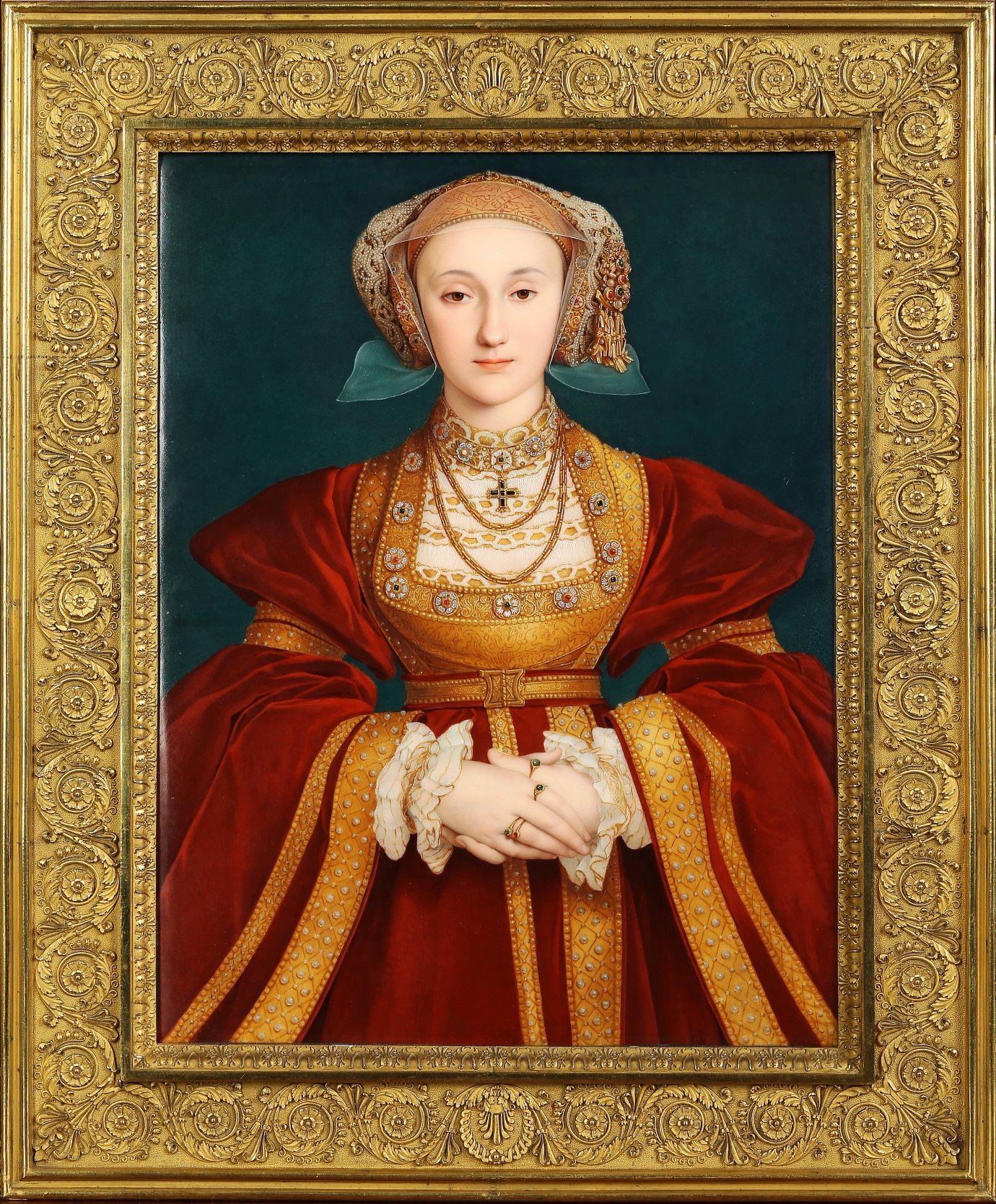
With its multidisciplinary focus on art, design, furniture and jewelry from antiquity to the present day, Masterpiece, the London art fair opening this week (June 30–July 6), is best seen in the flesh.
Returning for the first time since 2019, the fair is an ideal place to make new discoveries, and this year some of the most notable works are by women who are still gaining due recognition.
Exhibiting for the first time, dealer Karen Taylor has had an interest in women artists since her days as a specialist of British paintings at Sotheby’s in the 1980s.
“Early on I realized that when works by women turned up they were often called lady amateurs,” she said. “I found them just as good as the drawings by the men and thought, ‘I’m going to stick up for these women because nobody else is.’”
Taylor’s research into women artists has led her to libraries and public record offices, but also relies on falling down “very long rabbit holes.” Descendants have also gotten in touch about hordes of drawings left stored in attics.
Wilhelmina Barns-Graham, September Music, 1999 (1999). Courtesy of Waterhouse & Dodd.
That new names are arriving on the scene today does not mean these artists weren’t recognized in their own time. One extraordinarily successful artist, Marie-Victoire Jacquotot, was the best-paid female painter of her era and appointed Premier peintre sur porcelain du Roi under Louis XVIII. A newly discovered enamel portrait of Anne of Cleves by Jaquotot, painter after Holbein, can be found at the Masterpiece stand of E and H Manners. It is priced at £225,000 ($272,568).
Many of the most famous female Old Masters came from artist families, as is the case for Artemisia Gentileschi, Angelica Kauffman, and Mary Moser. Over the course of the 19th century, women had better opportunities to train as artists, while the growing appetite for public exhibitions opened an avenue to exposure that allowed their work to be hung side-by-side with examples by their male contemporaries. They still tended to work less after getting married.
“Their position in society was such that women didn’t think about their legacy in the way that male artists did,” Taylor said.
Sarah Stone, A blue and yellow Macaw. Courtesy of Karen Taylor Fine Art.
One success story was Sarah Stone. Tickets were in high demand for a 1784 show at the Leverian Museum with over 1,000 of her drawings.
“She still somehow got treated [in recent years] as an amateur just drawing a few bird nests when we knew about this exhibition,” Taylor said. “These facts hide in plain sight.” Taylor will give an talk on the work of Sarah Stone on July 1.
Bringing these names to light is one thing; developing a market for them is another.
“If there is less of an established price record, what are they worth?” Taylor asked. “I have sold some drawings over the last few years that I think are every bit as good as work by a male equivalent but the prices are probably a bit lower.” One priority is rebalancing institutional collections, and curators have begun asking Taylor to notify them when interesting works by women surface on the market.
“There’s been interest in the academic community for some time and it takes a bit longer for this to filter into collecting trends,” she said.
Alice Boyd, Coastal landscape by moonlight. Courtesy of Karen Taylor Fine Art.
Another example of an artist who has recently received due attention is Evelyn De Morgan at Watts Gallery. In December 2020, a work by De Morgan set a new auction record of £622,500 ($754,865 in today’s dollars) at Christie’s London.
Jonathan Dodd of Waterhouse and Dodd has noticed an increase in demand from private buyers. “The sort of people who invest in paintings are acutely aware that the pendulum is swinging back the other way” in favor of women artists, he said.
Waterhouse and Dodd will present eight paintings by Edna Mann, who started out her career as a co-founder of the Borough Group having been a pupil of David Bomberg. When Mann became pregnant, Bomberg is said to have forced her to resign, claiming a mother could never be a great artist.
Though this action would affect her legacy, Dodd noted that “she forged ahead. While a lot of the group stayed very much in the shadow of Bomberg, she was able to break away.”
Edna Mann, Magnolia and Oak. Courtesy of Waterhouse & Dodd.
Even as research revives names like Mann’s, Taylor notes that “there is a supply issue. It’s not as though there are loads of these works sitting around.”
Still, she has been able to bring an impressive range of finds to this year’s fair, including works by Alice Boyd, Edith Martineau, Laura Knight, Mary Perrin, Marion Emma Chase, and Helen Cordelia Angell.
Dodd will also present several colorful abstractions by the late 20th-century artist Wilhelmina Barns-Graham, whose trust he works with closely. “It’s our aim at the moment to get some good museum shows of her works together,” he said.
Noting the difficulties women have historically faced, he noted that “everybody wants to find more great women artists. They are out there, but possibly not enough to satisfy the current craving.”